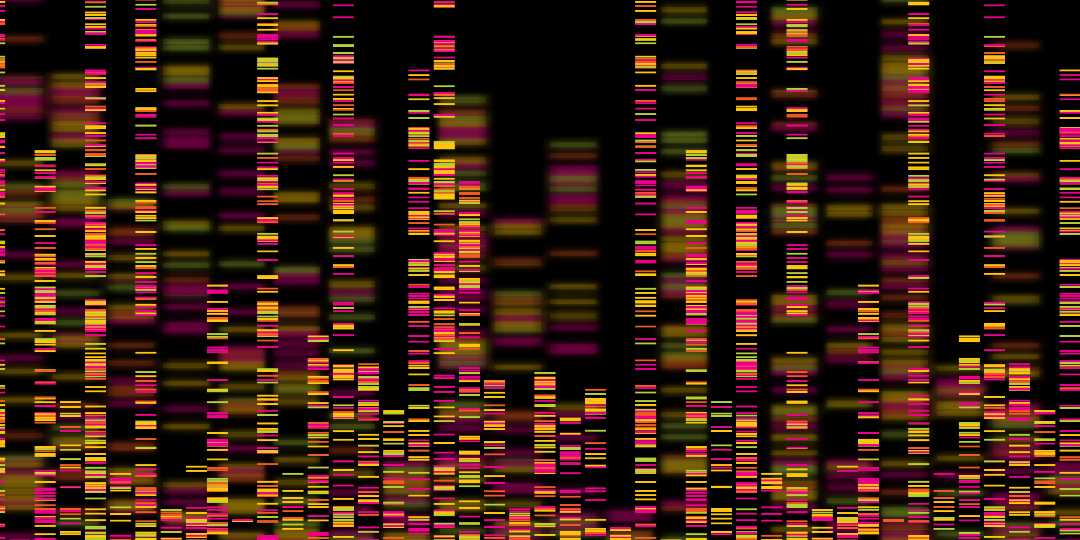
Complete recombination map of the human-genome, a major step in genetics
On Jan. 22, 2025, scientists at deCODE genetics/Amgen announced they have constructed a complete map of how human DNA is mixed as it is passed down during reproduction. The map marks a major step in understanding genetic diversity and its impact on health and fertility. It continues 25 years of research at deCODE genetics into how new diversity is generated in the human genome, and its relationship to health and disease.
The research also reveals key differences between men and women in how and where the genome recombination occurs. Women have fewer non-crossover recombinations, but their frequency increases with age, which may help explain why older maternal age is associated with higher risks of pregnancy complications and chromosomal disorders of the child. Men, however, do not show this age-related change, although recombination in both sexes can contribute to mutations passed to offspring.
The new map, appeared in the online edition of Nature, is the first to incorporate shorter-scale shuffling, (non-crossover) of grandparental DNA, which is difficult to detect due to the high DNA sequence similarity.
The map also identifies areas of DNA that are devoid of major reshuffling, likely to protect critical genetic functions or prevent chromosomal problems. This insight offers a clearer picture of why some pregnancies fail and how the genome balances diversity with stability.
Understanding the recombination process is also important in understanding how humans evolved as a species and what shapes individual differences, including health outcomes. All human genetic diversity can be traced to recombination and de novo mutations, DNA sequence present in the child but not in the parents. The map shows that mutations are elevated near regions of DNA mixing and consequently that the two processes are highly correlated.
Tags:
Source: deCODE genetics
Credit:
